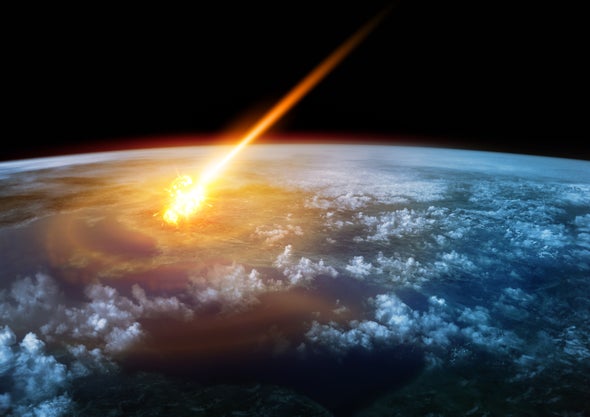Huge Meteor Explosion a Wake-Up Call for Planetary Defense

Back in late 2018 Earth dodged a bullet. Well, almost—a hefty space rock streaked through the upper atmosphere, detonating with the power of a nuclear bomb over an isolated stretch of the Bering Sea, between Russia and Alaska.
The blast occurred roughly 16 miles above the ocean, creating a high-altitude airburst with perhaps 40 percent of the energy released by the destructive February 2013 meteor over Chelyabinsk, Russia.
This late-breaking bombshell was unveiled here by Kelly Fast, NASA’s Near-Earth Object Observations program manager, during a media briefing on the agency’s planetary defense programs prior to the start of this week’s 50th Lunar and Planetary Science Conference.
The after-the-fact finding was confirmed by U.S. Air Force satellites, as well as the International Monitoring System, a global network of ground-based listening stations set up under the Comprehensive Nuclear-Test-Ban Treaty.
No comments:
Post a Comment